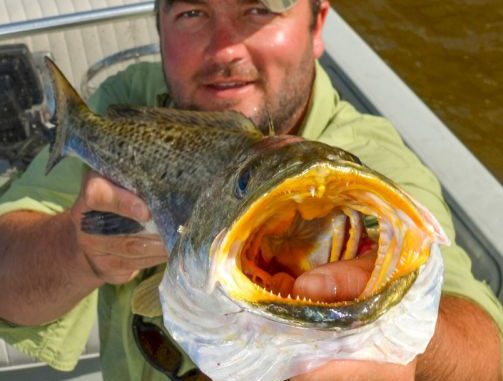
It felt like I was passing through a whole ’nother country on the drive down to Johnson Bayou. It was wide-open space, like the high prairies of North Dakota — Louisiana’s own “Big Sky Country.”
Later in the visit I referred to Johnson Bayou as “a little spot of nothing in the middle of nowhere,” which raised the hackles of the hometown boy Robbie Trahan.
“We have two stores,” Trahan snorted indignantly, “Not one — two!”
Fishing partner Mark Driscoll roared with laughter at Trahan’s stressing of the word “two.”
But Johnson Bayou wasn’t always this way. After the community was founded by Daniel Johnson in 1790, it grew to 1,200 people by 1885, thriving first on smuggling and later on the harvest of cotton, sugar cane, and satsumas from the fertile soils of its chenieres or oak-covered ridges.
Even then, Johnson Bayou was remote from the rest of the world. It had a shell road along the beach connecting it to the parish seat of Cameron, but until 1931 the towns of Cameron, Creole, Oak Grove, and Grand Cheniere could only be reached from the outside by water.
Then, on Oct. 12, 1886, a powerful hurricane brought in a storm surge that swept the cheniere’s ridges clean of everything man had built.
The storm drowned 110 people, but the survivors rebuilt their lives.
For 71 years — from 1886 to 1957 — life in Johnson Bayou was quiet. In June of that year, however, Hurricane Audrey roared in and killed 416 people, most of whom were from Cameron Parish.
The people rebuilt again, taking their way of life from fur trapping, commercial fishing, cattle ranching, and oil-field work for nearly a half-century.
The peace didn’t last. Hurricane Rita hit the parish in 2005, Hurricane Humberto grazed it in 2007, and Hurricane Ike crushed it in 2008.
“Hurricanes have depopulated Johnson Bayou,” Trahan said. “Johnson Bayou High School had 250 kids, kindergarten through the 12th grade. Now it has 70 kids. Last year’s graduating class was two.
“We had a lot of live oak trees. Rita weakened them; Ike killed them.”
The latest storm also took it’s toll on the area’s fishing.
“Ike destroyed our bass fishery at Johnson Bayou,” Trahan said. “I’ve taken people who have fished all over the world. They would tell me that they have never experienced better. We were catching (bass) up to 5 pounds.
“They are gone — none! So are the big catfish, sac-a-lait and bream.”
Hurricane Ike ran Trahan out of his boyhood home. Although he maintains a camp next to his parents’ home (they still live there), he and his wife Tonya commute an hour each way, every day to work in Johnson Bayou.
But his heart is still in his home town.
“I would move back in a heartbeat,” Trahan said. “When my 17-year-old son graduates from high school, my wife and I plan to build an elevated home back here.”